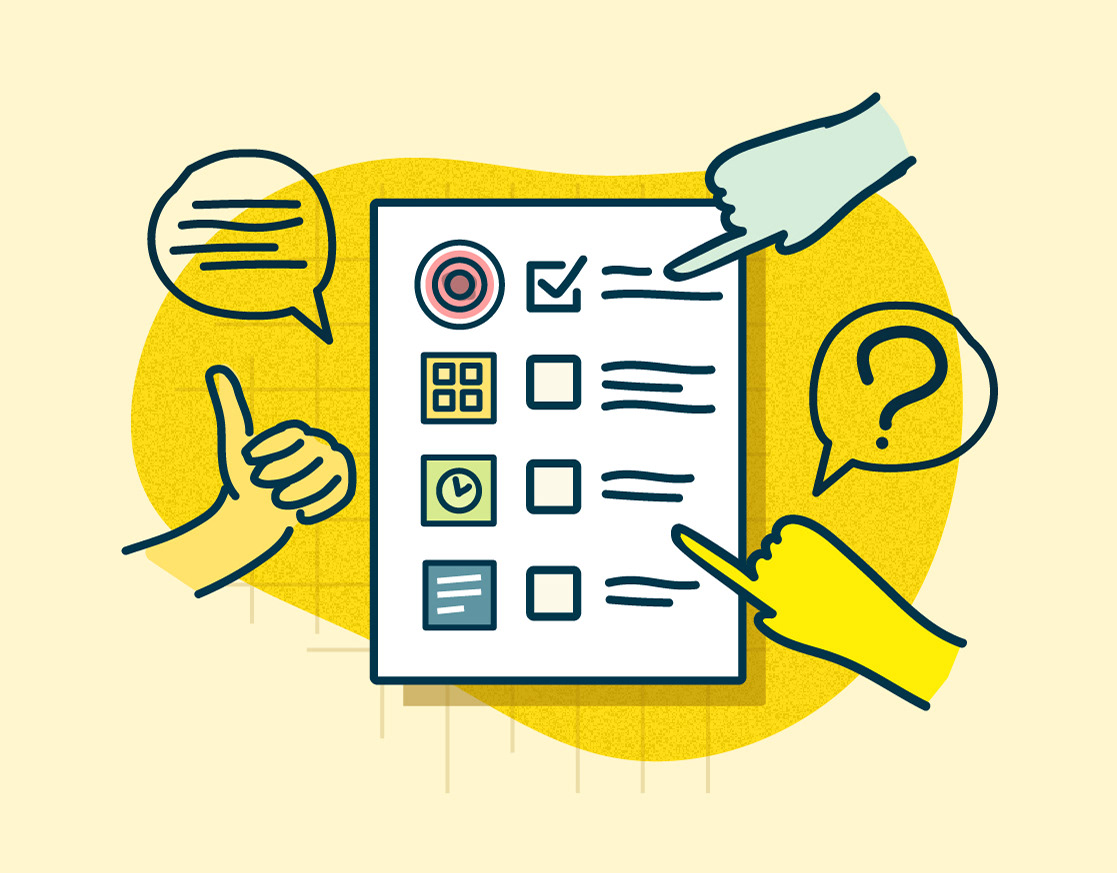Empathy in UX design involves going beyond numbers and statistics to truly understand users on a human level. It's about stepping into their shoes, seeing the world from their perspective, and experiencing their joys, frustrations, and struggles. By tapping into the power of empathy, designers can create products that forge genuine connections with users and make a positive impact on their lives.
Why Empathy Matters in UX Design:
1. Connecting with Users:
Empathy enables designers to establish an emotional bond with users. When designers genuinely understand users' needs and aspirations, they can create experiences that resonate with them on a deeper level. It's the difference between a product that feels generic and one that feels like it was tailor-made for the user.
2. Uncovering Unspoken Needs:
Users may not always articulate their needs explicitly. Through empathy, designers can uncover the unspoken desires and frustrations that lie beneath the surface. This ability to read between the lines can lead to groundbreaking innovations that surprise and delight users.
3. Enhancing User Engagement:
Empathetic design has the power to captivate users and keep them engaged. When users feel understood and valued, they are more likely to stay loyal to the product. Empathy encourages designers to think about the overall user journey, ensuring that each touchpoint is carefully crafted to evoke positive emotions.
4. Designing with Inclusivity:
Empathy extends beyond individual users to embrace diverse audiences. It prompts designers to consider the needs of users with different abilities, cultural backgrounds, and preferences. Inclusivity in UX design ensures that no user is left behind and that the product caters to a wide range of users.
Practical Ways to Apply Empathy in UX Design:
1. Conduct User Research:
Empathy begins with understanding your users. Conduct in-depth interviews, surveys, and usability testing to gain insights into their behaviors, motivations, and pain points. Observe how users interact with your product in real-life situations to gather valuable qualitative data.
2. Create User Personas:
Personas represent archetypal users and help designers empathize with different user groups. By giving these personas names, faces, and stories, designers can humanize the user base and tailor the design to meet their unique needs and goals.
3. Journey Mapping:
Plotting the user journey helps identify touchpoints where users might encounter frustration, confusion, or joy. Visualizing the user experience from start to finish highlights pain points and opportunities for improvement, enabling designers to empathize with users' emotional states at different stages.
4. User Testing with Empathy:
When conducting user testing, approach it with empathy. Put yourself in the users' shoes and observe their struggles and triumphs. This mindset allows designers to ask the right questions, understand user feedback, and iteratively improve the product to better meet users' needs.
5. Collaborate with Users:
Involve users in the design process through co-creation workshops and participatory design. Empower users to share their ideas and aspirations, making them active contributors to the product's evolution. Collaborative design sessions foster empathy by valuing users' input and insights.
6. Storytelling in Design:
Use storytelling techniques to create narratives that resonate with users. Storytelling fosters emotional connections and helps users see how the product can fit into their lives, allowing designers to empathize with the impact of the product on users' experiences and emotions.
Conclusion:
In the ever-changing landscape of UX design, data-driven methodologies are crucial for making informed decisions. However, the heart of UX design lies in empathy—understanding users beyond data points and truly connecting with them on an emotional level. By incorporating empathy into the design process, designers can create experiences that are not only functional but deeply meaningful and emotionally impactful. Empathy is the key to designing with purpose, connecting with users, and leaving a lasting impression that keeps users coming back for more. So, let's embrace empathy in our UX design journey and create products that truly make a difference in users' lives.
Empathy is a powerful tool that should be at the core of every UX designer's approach. When we empathize with our users, we gain invaluable insights into their needs, emotions, and motivations. This understanding enables us to craft user experiences that not only meet functional requirements but also resonate with users on a deeper level.
By stepping into the shoes of our users, we can uncover hidden pain points and address unspoken needs. This empathetic approach empowers us to create innovative solutions that truly make a difference in users' lives. Instead of simply designing for the masses, we can tailor our products to serve the unique and diverse needs of individual users.
Inclusivity is an essential aspect of empathetic design. By considering users with different abilities, cultural backgrounds, and preferences, we ensure that our products are accessible and welcoming to all. This approach not only enhances user satisfaction but also fosters a sense of belonging and inclusivity in the digital space.
Empathy also plays a pivotal role in user engagement. When users feel understood and valued, they are more likely to form emotional connections with the product and become loyal advocates. This user loyalty translates into increased retention and positive word-of-mouth, benefiting the product in the long run.
To apply empathy effectively in UX design, user research is key. By conducting in-depth interviews, surveys, and usability testing, we gain valuable insights into users' behaviors, pain points, and aspirations. These insights lay the foundation for crafting meaningful and empathetic user experiences.
Additionally, involving users in the design process through collaborative workshops and participatory design sessions ensures that their voices are heard and valued. By making users active participants in the design journey, we can create products that align with their needs and preferences.
In conclusion, empathy is not just a buzzword; it is a fundamental principle that can transform the way we design digital experiences. As UX designers, we have the power to shape products that go beyond functional utility and truly touch the hearts of our users. By embracing empathy in our design process, we can build products that evoke emotions, create connections, and leave a lasting impact on the lives of our users. So, let's infuse empathy into every step of our UX design journey and create products that make the world a better place, one user experience at a time.






